Communication is key
Leadership is all about relationships. Someone whose leadership I appreciate is Phil Ruge-Jones, facilitator of the Network of Biblical Storytellers’ Scholars Seminar. He’s been reading, too, and found these insights on conversation – communication being at the heart of every relationship.
Found this advice on conversing also very useful and commonsensical for storytelling: “Successful conversations use meaningful, genuine gestures that are connected to our message and our emotions. A key goal of a conversation that matters is a clear message that’s well-delivered. A good delivery can make a message easy to understand and act on. … Your delivery is how you call attention to what matters most. You let people know to pay extra attention and focus on this part right here. … You have three primary tools that can help you deliver your message effectively … your voice, your tone, and body language.” How to Build Meaningful Relationships through Conversation, Carol Ann Lloyd [Phil Ruge-Jones, to NBS International Facebook group]
Conversation. Communication. Telling and listening to our stories. In Dare to Lead Brené Brown includes insights from people who have engaged with the work of daring leadership she facilitates. A high school principal shared how she ‘no longer checks her personal life at the door’:
One way to help people understand how much you care is to share your story. … As a leader, I no longer check my personal life at the door. In fact, sharing stories and leading through the lens of multiple perspectives and experiences has made me more approachable and relatable to my students, staff, and community. … It also gave others permission to practice vulnerability and to be brave in sharing and owning their life journey. [Sanée Bell, in Dare to Lead, Brené Brown p. 178]
Bring your whole self
The way I have written the research I undertook for my PhD, and the book Embodied Performance. Mutuality, Embrace, and the Letter to Rome, is essentially telling a story. Telling my story of practice as an oral storyteller, of seeking a scholarly conversation in which to participate with the insights from that practice, and developing a new conversation or way to have the conversation I sought. It’s telling the story of my encounter with the Letter to Rome, also, as I tested that new method for engaging with the Bible through embodiment and performance and sharing the insights gained through that method. A method that invites the performer-interpreter to use their body – voice, tone, movement – emotion, and relationship with the audience to not only communicate meaning, but to discover meaning.
Sanée Bell’s shift to no longer checking her personal life at the door indicates that previously, she did leave her personal life out of the classroom, staff room, office. Biblical scholars, too, are encouraged to leave our selves out of the conversation; acknowledge it, perhaps, with a note to one’s personal biases from social location, education, gender, ethnicity, age, religious affiliation, but then put all that aside.
Bell discovered that when she brought her self, her full self, into the conversations about changing a school’s environment and culture, she was able to communicate why the changes were important to her. She showed her school community how experience had shaped her as a person, as much as shaping her learning and understanding about educational contexts that empower student development. When she did that, she brought the community with her. We tell our story, we open ourselves up, courageously becoming vulnerable, and we invite connection. We build relationship. When we build relationships of mutual respect, care, and accountability, we can work together effectively.
There is more to communicating, connecting, building relationship, than simply telling my story.
Bring the right bit of yourself for this moment
It matters what story I tell, in which moment.
Discerning appropriate story sharing takes self awareness, self discipline, and effective boundaries. It isn’t helpful to ‘overshare’, to treat staff meetings (or sermons) as our own personal therapy sessions, or to take time away from listening to other voices by dominating the conversation with our own stories. In the first months of arriving in my new placement, I was invited to speak to various groups within the congregation. Specifically, to tell the stories I compose, share my poetry, and generally introduce myself. I took time to craft each session for each audience, and thought carefully about which part of my story was helpful for people to gain a first impression of who I am and how we might relate to one another. Discernment. I was open and honest – I told them stories that showed them I had experienced depression. I was creative – I told stories using poetry, exaggerated or fantastical characterisation of ‘me’, all to vary perspective, broaden the opportunities for connection. I did not tell them of my years playing social netball, or my lengthy complicated history of back injuries, or of my brief six month stint of being an incredibly obnoxious and sarcastic teenager my mum couldn’t wait to see the back of. Not that they can’t know those stories, but there are of course stories I won’t share with them, or here, because they are stories I share with family or close friends, with whom I can be most deeply vulnerable.
But for a particular occasion, I will always consider the audience first, and what they need from me as preacher, poet, teacher, guest speaker, storyteller, and then I will choose the stories that will help us connect and meet their needs. If that includes a story from my life, I am prepared to be vulnerable and open up to them with that gift. If I am standing before them needing my story to be heard and that is not the purpose of the gathering, I need to get off the stage. When I lead a group of people, very rarely is telling my story about me or for me: discerning an appropriate story to share, mine or one from our tradition or human community, is always about, and for, those whom I lead.
Be there for those you lead
It matters how I tell the story…
In live, embodied moments together, those thoughts on conversation are important: bring your whole self to the conversation, if you wish to communicate effectively. Be present with a relaxed and open posture. Be present with a voice speaking truly, with feeling. Be present with your heart and mind attuned to your audience and what they need from you.
Shape your story with coherent structure and form. Straight prose, or poetry, or with a koala, whose friends kangaroo, cockatoo, platypus and wombat sit beside her in her depression. (Blue, Koala?)
Practice the story, so even if you read your crafted version of it, you can speak it with confidence and clarity, which will help your listeners connect.
Be prepared to adapt the story, and to leave parts of it out, if a concise version is all the moment needs. Remember, it’s not about you. Sometimes, you need to take the time the story needs, and sometimes, you need to leave out your favourite bit, because time is needed for other things.
… and it matters why you are telling your story
As I mentioned in Lesson 1, Michelle Obama tells her story in Becoming because she recognises that from the position she occupies in her communities, especially the African American community of Southside Chicago, she can speak encouragement and hope through her story for others. Her story shows what a loving family can give to a growing child; her story shows what determination can help you achieve; her story shows what a difference you can make when you listen to your heart and your community and let your passion meet the needs of others; her story shows what vulnerability enables – connection, relationship, the possibility of working together towards positive change. I did not get the impression from listening to Michelle Obama read Becoming that she was telling her story for her own gain or to stroke her own ego. I felt an authentic desire from her to tell her story because she is grateful for it and the people who populate it, and because she would love to hear more stories like it, of African American women embracing education, following their dreams, and creating positive change in the world.
Brené Brown tells stories of her own experiences to challenge us not to put her on the pedestal of ‘most daring leader’. She insists we see her as she is, learning along with the rest of us, and my goodness, I trust her leadership all the more for that, I can tell you. Much as I occasionally feel the disappointment that she refuses to be our guru, those who want to learn from her, ultimately I don’t want someone who claims to have arrived and found all the answers. I want to be guided, taught, led, by someone one who is an insatiable learner, generously committed to sharing what she learns with others to encourage and equip their growing into wholeheartedness and well-being.
Listen and learn
I have sought out the stories of, ‘conversation’ with, these courageous, vulnerable, leaders, because that is what I seek to become. And I cannot do it alone.
Whose stories encourage you, as you become the leader, the person, you wish to be?

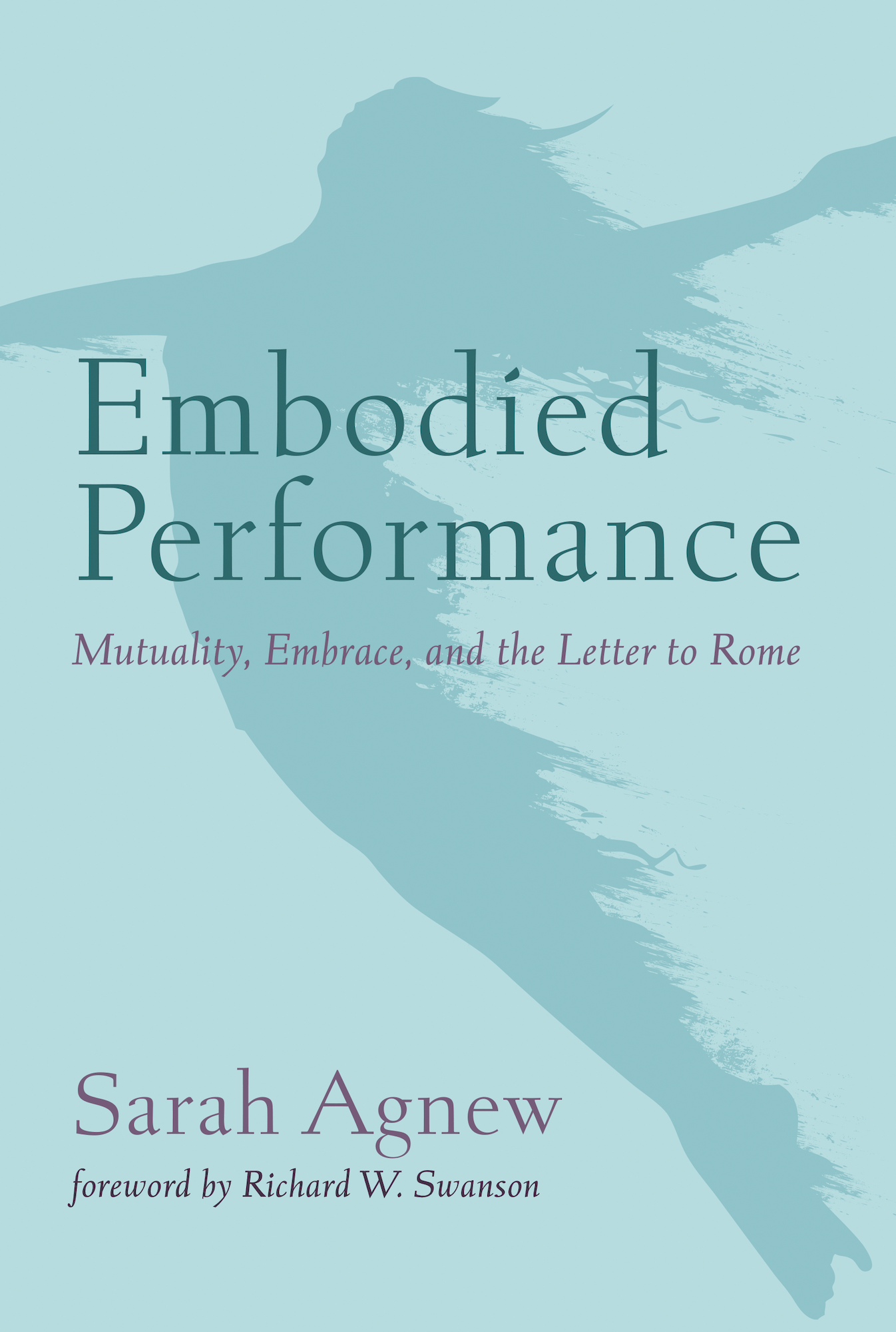
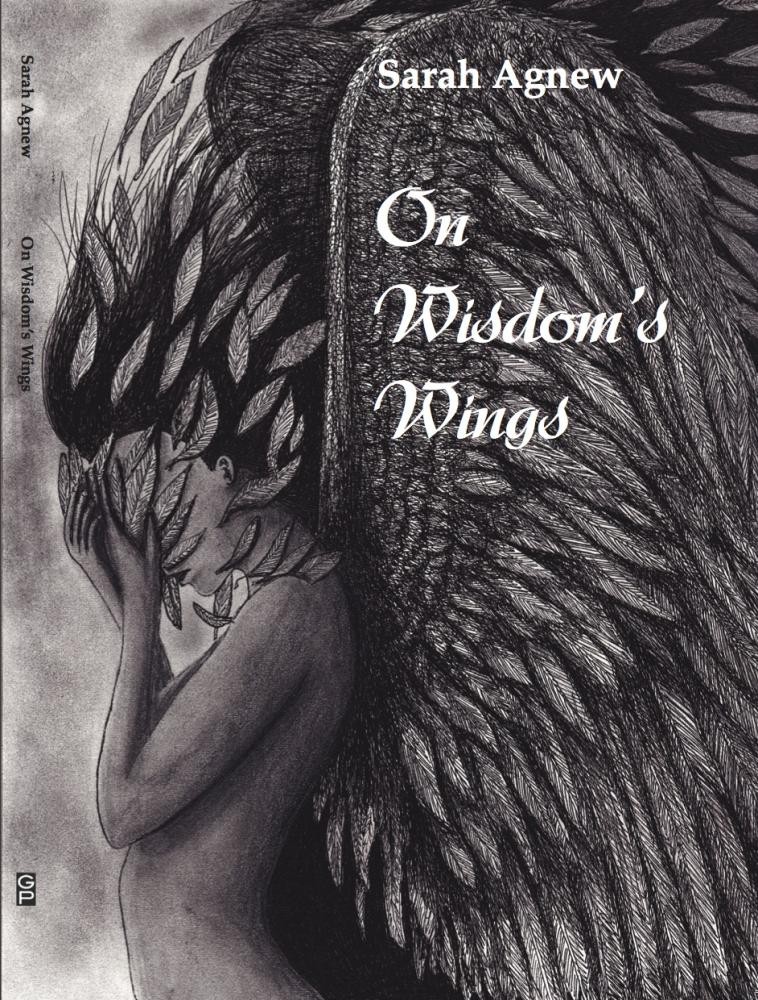



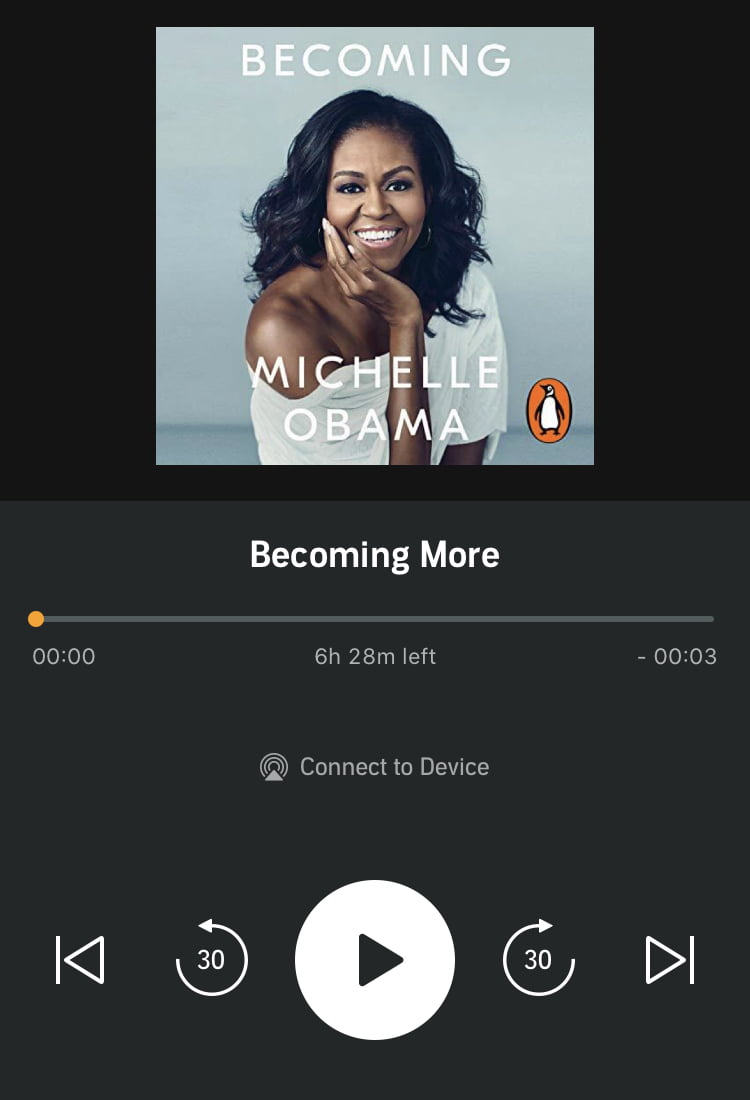
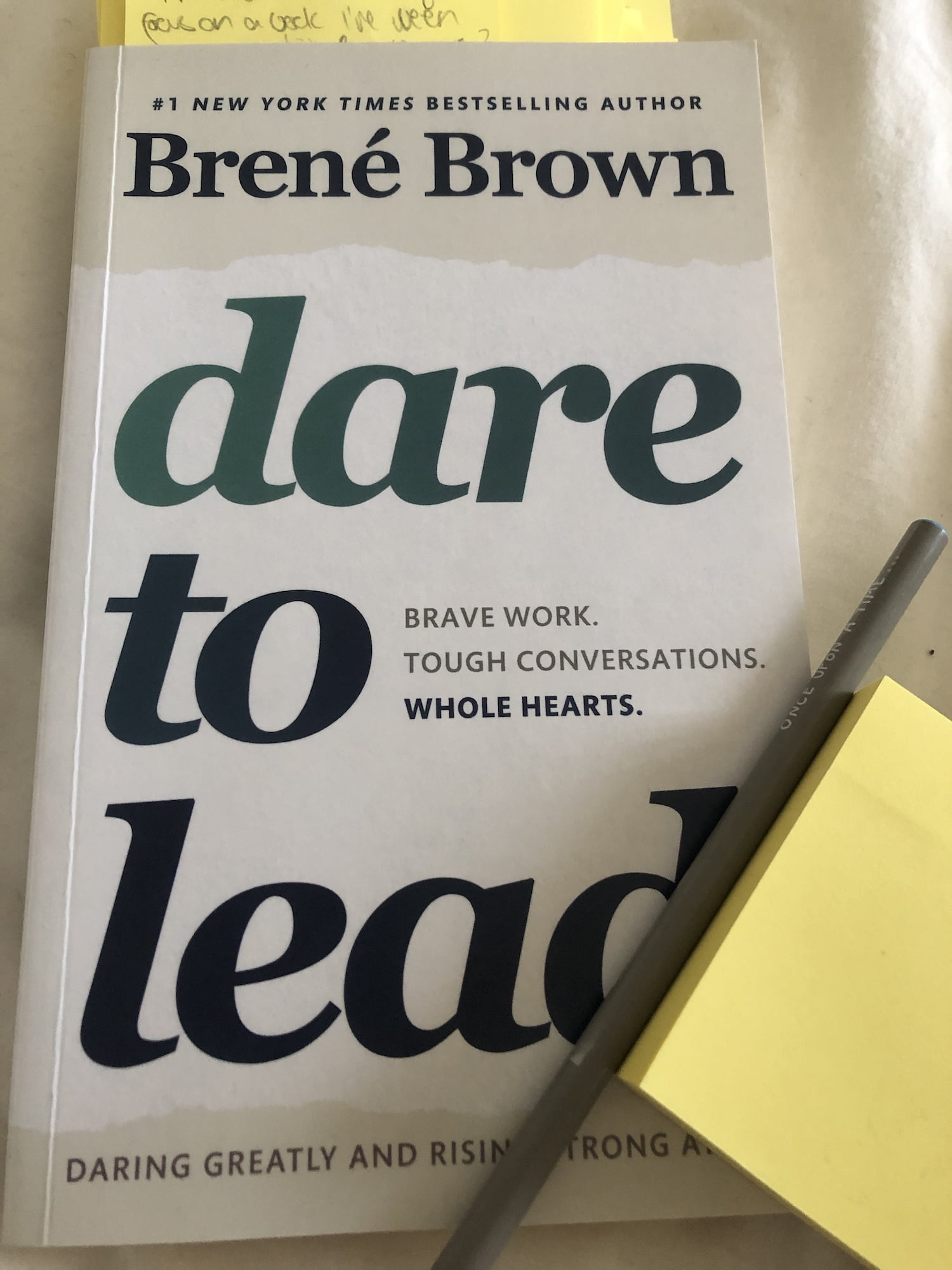
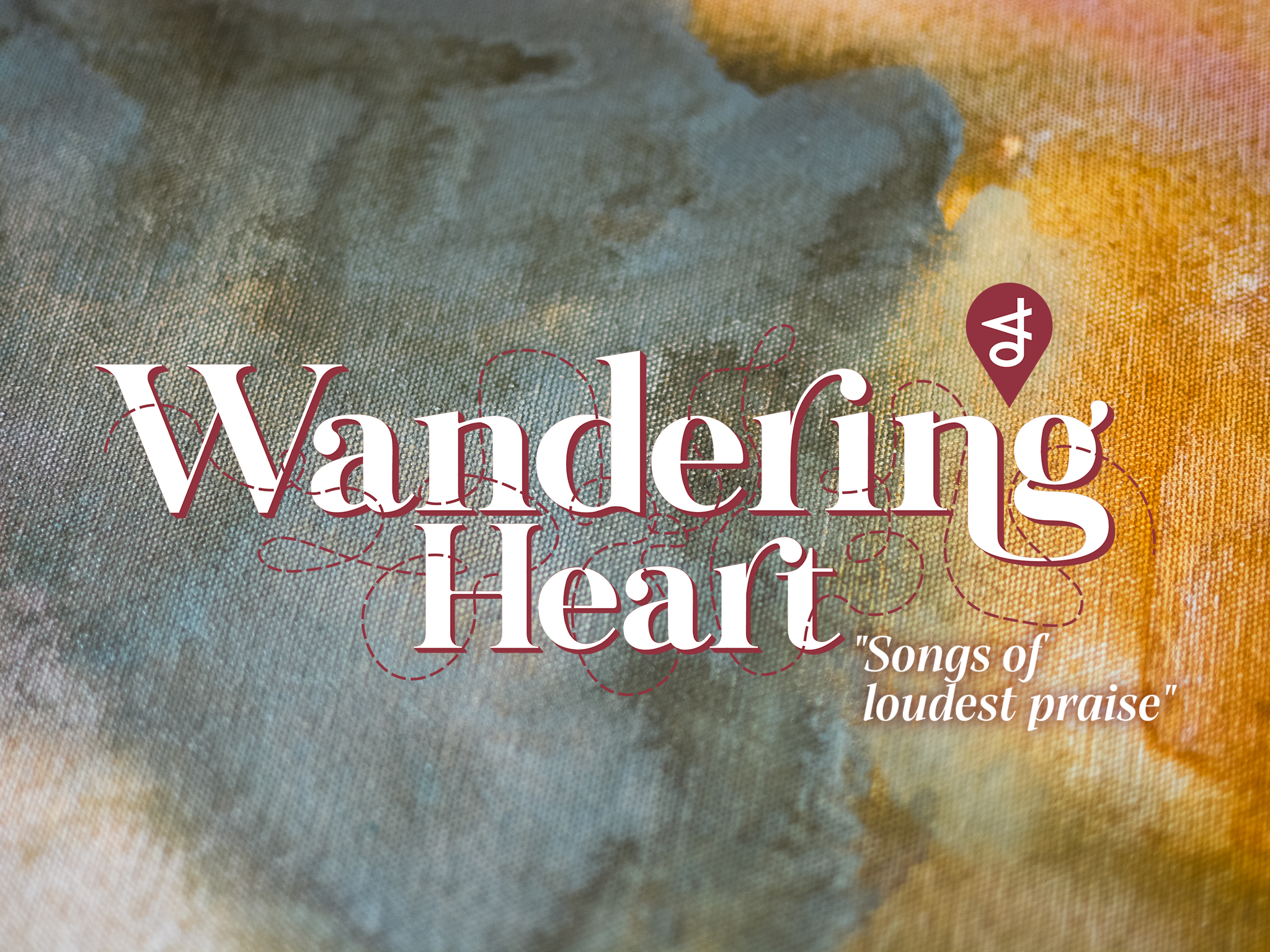

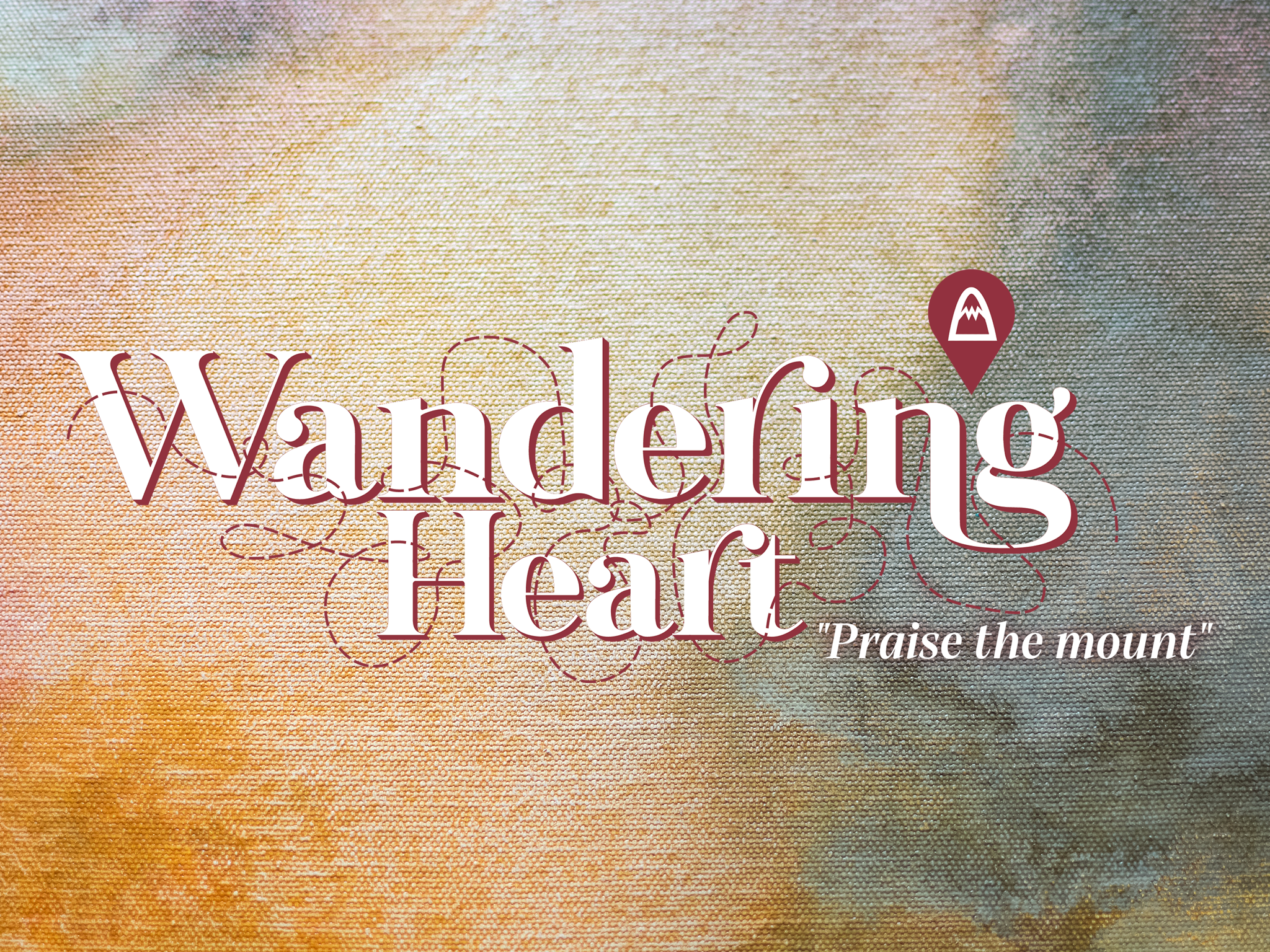
Leave A Comment